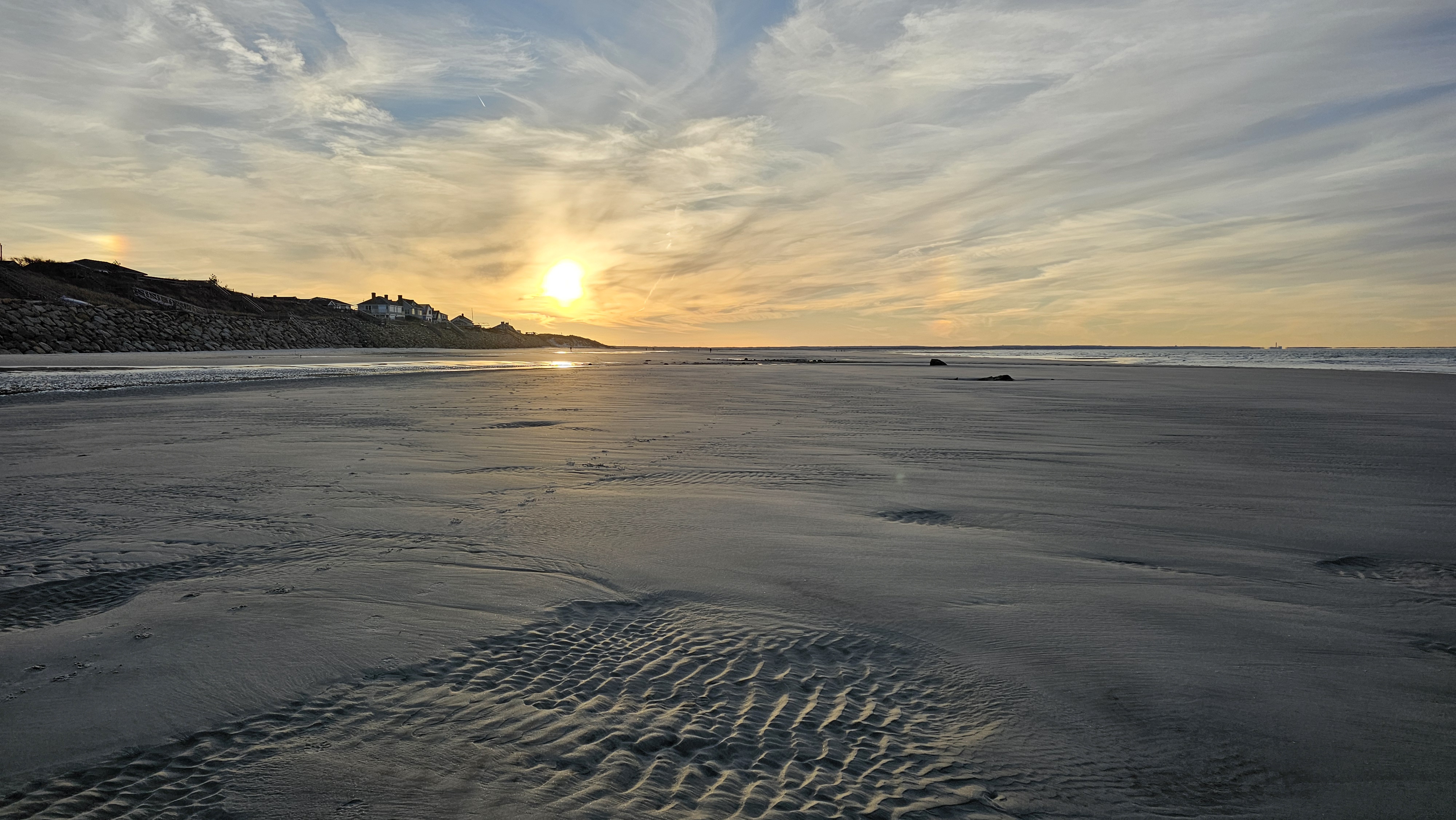Each year, around autumn time, hundreds of sea turtles are found stranded along the many miles of beaches in Cape Cod. Seasonal changes, as well as climate change, cause this annual phenomenon. In search of warmer waters, sea turtles begin migrating south as they sense the temperature begin to decline.
As they reach the Gulf of Maine, considered one of the fastest warming bodies of water in the world, the turtles are affected by the sudden temperature changes that occur as a result of this. Warm patches are surrounded by cooler waters, causing the overall water temperature to drop and for the sea turtles to not be able to complete their journey. The geography of the region amplifies the issue; the ‘hook’ shape of Cape Cod bay traps the cold stunned turtles, which then are washed up onto the vast stretch of beaches.


Cold stunning is a form of hypothermia affecting these cold blooded animals, who rely on their environment to help regulate their body temperature. Without help, these cold stunned turtles would likely die. Volunteers regularly walk along the beaches to locate these troubled animals, after which they are taken to the New England Aquarium Animal Rescue Centre in Boston, Massachusetts.
Here, the dedicated team of staff, interns and volunteers work diligently to bring as many turtles as possible back to full health, eventually returning them to the wild, and hopefully helping their populations to recover. This year, two of The Deep's Aquarists joined the New England team in their life saving efforts, bringing with them a wealth of their own husbandry experience.
The main species that is found stranded is the critically endangered Kemp’s ridley sea turtle. These turtles spend most of their adult life in the Gulf of Mexico, but during the younger life stages they travel up the eastern coast of the United States. Other species found washed up include the vulnerable Leatherback turtle, the endangered Green turtle, and the vulnerable Loggerhead turtle.
Each sea turtle begins their rehabilitation with an intake exam. They are numbered and fitted with an intake band, allowing them to be individually tracked for treatment purposes. Health checks are carried out and intake injections are administered to the turtles. Depending on their needs and injuries, treatment plans are put together for each turtle.


The next step is to begin raising the turtles’ body temperature. On arrival, they are placed into a small pool, allowing them to acclimatise gradually to an increased temperature.
The turtles then progress to warmer and larger pools when they are ready, to complete their rehabilitation.
Once they are in the larger pools, the majority of time is spent encouraging the turtles to begin eating. Fish and squid are carefully cut up and weighed for the feedings, which take place morning and afternoon.
Keeping track of how much each turtle eats helps the team to monitor how well the patients are doing.


As they begin to stabilise, the majority of turtles are sent to other larger rescue centres to complete their rehabilitation.
These centres have more resources and a bigger team to help continue the care for these sea turtles.
After months of treatment and rehabilitation, rescued sea turtles are released back into warmer waters, thus increasing the potential number of breeding adults in the wild. This step is crucial for these endangered species.
The rescue team chooses release locations based on the time of year and water temperatures, to provide each turtle the greatest chance of success.
Sometimes, they transport the turtles as far away as Florida. Other times, they are released on the beaches on the outer side of Cape Cod, providing the turtles a clear path to travel south.
Many of the sea turtles are satellite tagged, allowing the team to monitor migration patterns and gather new knowledge. Usually, the turtles swim south to warmer waters, but they are also known to go northeast in search of food!





